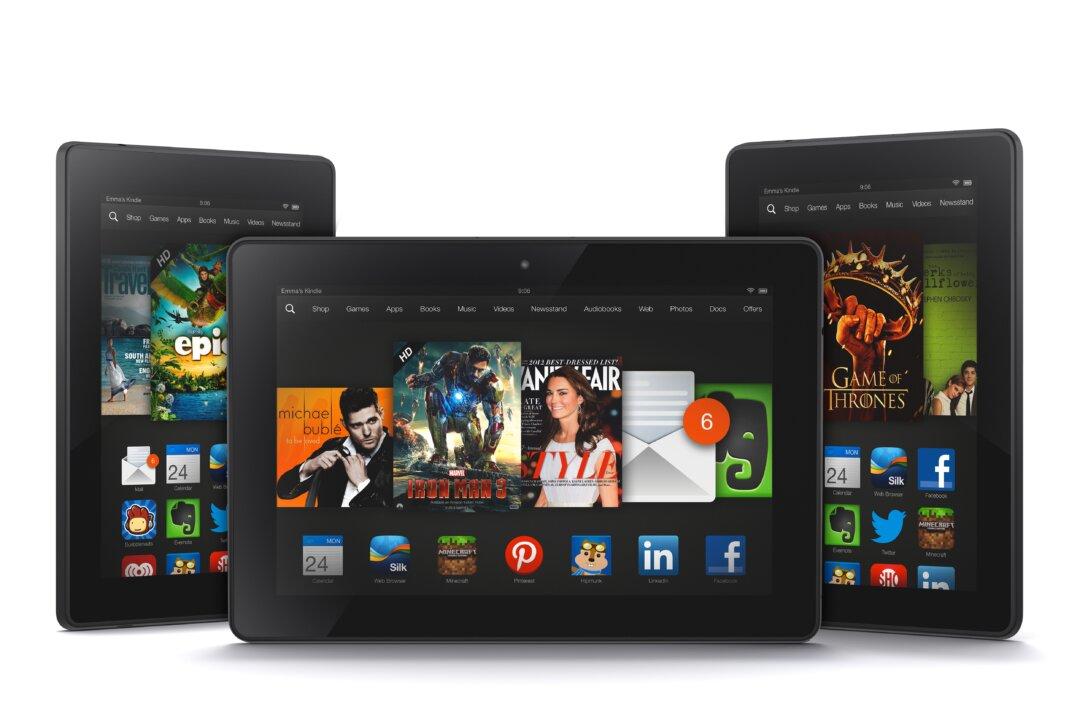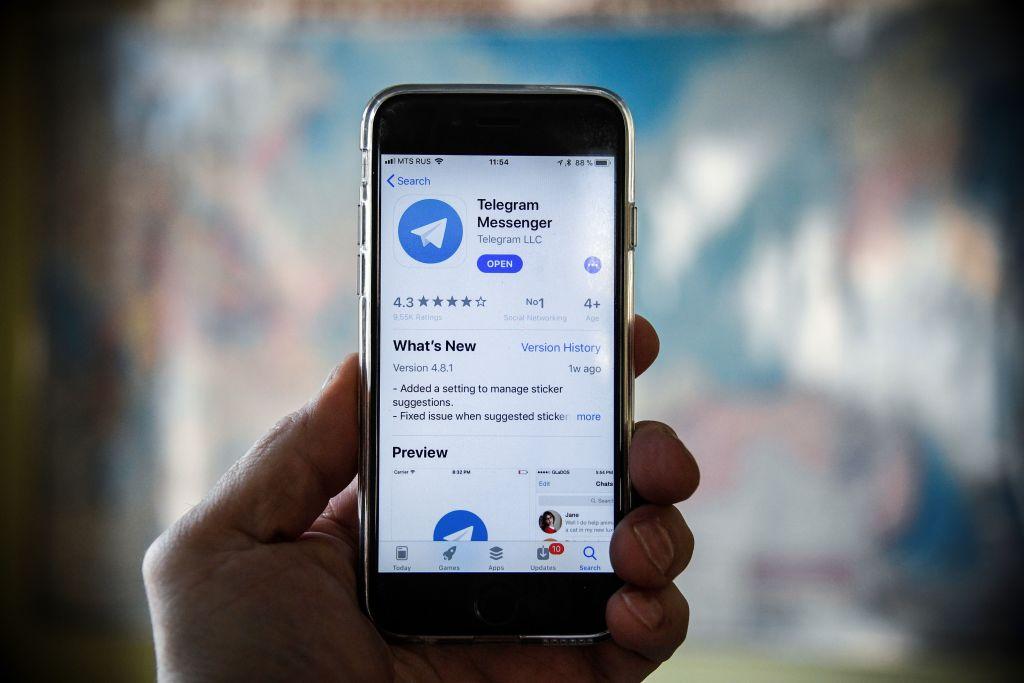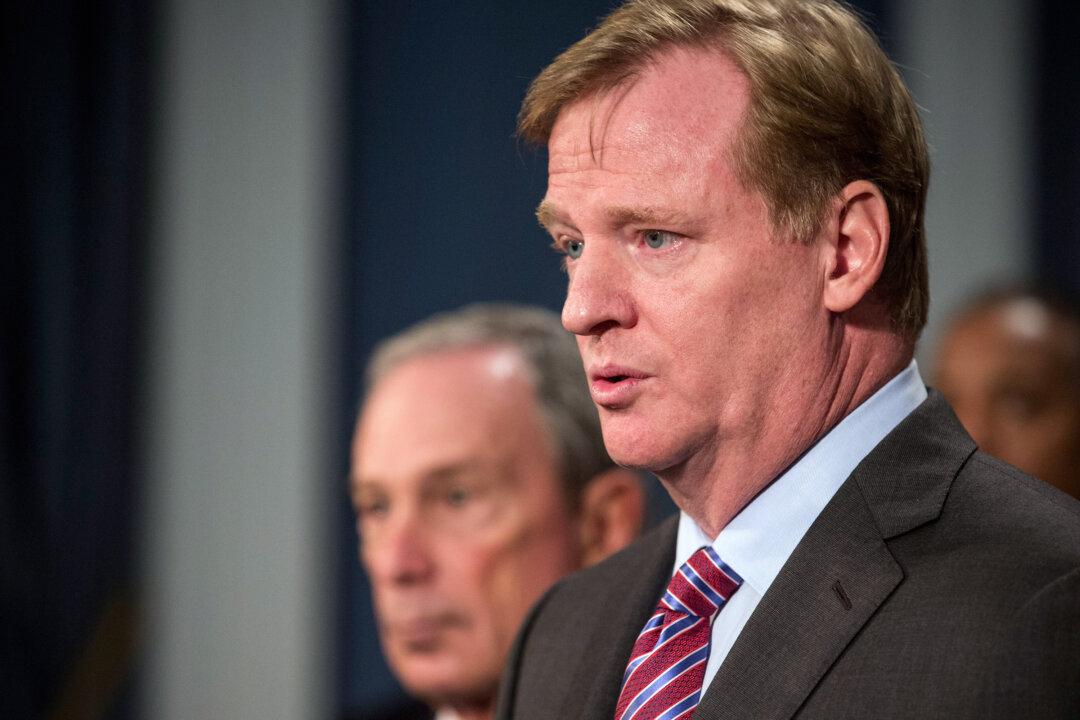Amazon.com unveiled the newest versions of its Kindle Fire tablet computers this week and, in a rare move for the industry, increased prices.
The third-generation Kindle Fire models quietly made their debuts in a week when Apple Inc.’s new iPhones and to a lesser degree Microsoft Corp.’s Surface 2 were in the spotlight. But that’s probably just how Amazon had planned it.
New Specs
The new tablets consist of a 7-inch Kindle Fire HDX starting at $239, and an 8.9-inch Kindle Fire HDX starting at $379. The top version of the 8.9-inch model can cost up to $479. The prices across the board are higher than the previous generation Kindle, which sold for $199.
The new HDX models feature front and back cameras, and use Qualcomm Inc.’s new quad-core Snapdragon 800 processors running at 2.2 Ghz. At 339 pixels per inch, the 8.9-inch HDX’s display is denser than the iPad.
A differentiating feature on the HDX is “Mayday,” an app that when used, will call up a live video chat with an Amazon customer service representative who can help with features or troubleshooting.
Amazon also sells a low-end Kindle Fire HD at $139.
Selling Tablets at Cost
Amazon’s strategy of increasing prices for the new Kindles is curious at first glance, but makes sense considering the company’s unique strategy of selling hardware at cost.
While Apple makes huge profit margins on each device sold, Amazon does not. The company frequently sells hardware at cost, or sometimes even at a loss. The higher price is due to better hardware components, including the dual cameras.
Last year, Amazon made a loss on selling devices.
Where Amazon makes money is on content consumption. Kindle Fire tablets use a heavily modified version of the Google Android operating system and connect to Amazon’s music, books, magazines, and video services.
“We want to make money when people use our devices, not when they buy our devices. We think that’s good customer alignment. No one has to be on the upgrade trend,” Amazon CEO Jeffrey Bezos said in an interview with Bloomberg.
Amazon wants users to think of Kindle as a service and not as a device. “If you think about these tablets, the hardware is extremely important … but once you have a great piece of hardware, the next question customers have is, what are some of the services on top of the hardware?” Bezos said on CNBC on Wednesday.
Bezos is willing to lose money on devices to put Amazon’s services and content in the face of consumers. It’s a vastly different business model than Apple’s, but it’s hard to argue with Amazon’s results—its shares are up more than 25 percent this year.




